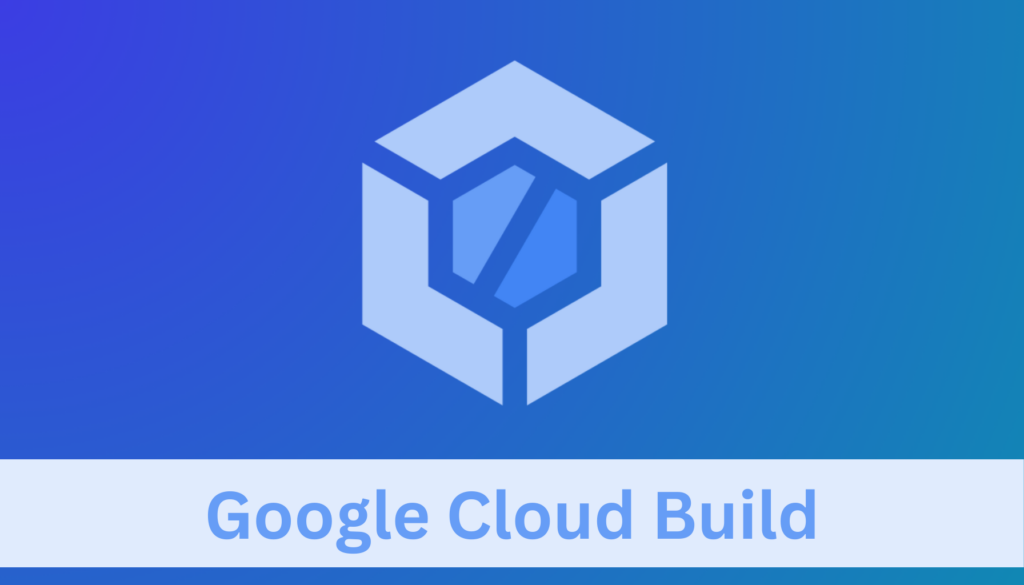What is Google Cloud Build?
Google Cloud Build is a powerful service offered by Google Cloud Platform designed for automating your software build and deployment processes. It simplifies the compilation, testing, and deployment of your code. Its serverless architecture provides a highly scalable and efficient way to manage builds. Cloud Build is particularly useful for developers and teams aiming to streamline their CI/CD pipelines. It supports various programming languages and integrates seamlessly with other GCP services, enhancing the overall development workflow.
What features does Google Cloud Build offer?
Google Cloud Build offers a range of features that satisfy the diverse needs of developers and organizations. Understanding these features can help you make the most out of this service.
1. Automated Build Processes
Google Cloud Build excels in automating the building, testing, and deployment processes of your software. By automating these tasks, it significantly reduces the chances of human error and increases efficiency. You can trigger builds from source code changes, ensuring that your application is always up-to-date and stable. This feature supports various programming languages and builds environments, making it versatile for different types of projects.
2. Integration with GCP Services
Cloud Build seamlessly integrates with other Google Cloud Platform services, such as Cloud Storage, Container Registry, and Kubernetes Engine. This integration allows for a smoother workflow and easier management of resources. For instance, you can store build artifacts in Cloud Storage and deploy containers directly to Kubernetes Engine, streamlining your deployment process.
3. Customizable Build Steps
Cloud Build provides the flexibility to define custom build steps according to your project’s needs. You can configure your build process using cloudbuild.yaml, which allows you to specify the exact steps and order for building, testing, and deploying your application. This customization makes it suitable for complex projects that require specific build processes.
4. Containerization Support
With the increasing popularity of containerized applications, Google Cloud Build offers robust support for building and deploying Docker containers. It can automatically build container images from source code and push them to the Container Registry or another container image repository. This feature is particularly beneficial for teams adopting a microservices architecture.
5. Security and Compliance
Security is a crucial aspect of any CI/CD pipeline, and Cloud Build addresses this by offering built-in security features. It ensures that your build environment is secure and compliant with industry standards. Additionally, you can integrate it with Google’s Cloud Key Management Service (KMS) to manage secrets and keys, further enhancing the security of your build process.
6. Monitoring and Analysis
Monitoring and analyzing your builds are essential for maintaining the health and performance of your CI/CD pipeline. Google Cloud Build provides detailed logs and analytics, allowing you to track the progress and performance of your builds. This feature helps in identifying and troubleshooting issues quickly, ensuring a reliable and efficient build process.
In the following sections, we’ll look into the pricing structure, cost optimization strategies, and the conclusion summarizing Google Cloud Build’s capabilities.
Google Cloud Build Pricing Overview
Understanding the pricing structure of Google Cloud Build is crucial for budgeting and financial planning. With Cloud Build you get an on-demand pricing model where you only pay for resources you use and for as long as you use them without the need for any upfront payment.
Let’s break down the different components and models of Cloud Build’s pricing.
Pricing Components
- Build Minutes: Cloud Build charges are based on the number of build minutes. This is calculated from the time your build starts until it completes.
- Machine Type: The cost varies depending on the machine type used for your builds, such as standard, high CPU, and high memory machines.
- Additional Build Features: Features like private pool usage and network egress in certain regions may incur extra costs.
What is included in Cloud Build Free Tier?
Google Cloud Build offers a free tier, which includes:
- 120 Build Minutes per Day: You can use up to 120 build minutes per day at no cost.
- Standard Machine Types: The free tier includes standard machine types e2-standard-2 with 2 vCPU and 8GB memory.
- Limited Usage: The free tier is often sufficient for small projects or testing purposes.
In the next section, we will explore various strategies for cost optimization specifically tailored for Google Cloud Build.
How to Optimize Costs in Google Cloud Build?
Optimizing costs in Google Cloud Build involves strategic planning and efficient use of resources. Here are some key strategies to help manage and reduce costs.
1. Efficient Resource Utilization
Utilize resources wisely by choosing the appropriate machine type for your builds. For less complex builds, standard machines might be sufficient, while high CPU/memory machines should be reserved for more intensive tasks. This selection can significantly impact your cost.
2. Smart Scheduling
Schedule builds during off-peak hours if possible. This can be more cost-effective, especially if using a pricing model that varies with time-based demand. Automated scheduling can help in managing this process.
3. Usage Monitoring
Regularly monitor your Cloud Build usage. Keeping an eye on your build times and frequency can help identify unnecessary builds or resource wastage. Google Cloud’s monitoring tools can be utilized to do this.
4. Budget Alerts
Set up budget alerts in Google Cloud to keep track of your spending. This will notify you when your spending approaches or exceeds the budget you set, allowing you to adjust your usage accordingly.
5. Optimized Build Configurations
Optimize your build configurations. For example, caching dependencies can reduce build times and costs. Similarly, optimizing your build steps to reduce redundancy can also lead to cost savings.
By implementing these strategies, you can effectively manage your Cloud Build expenses.
Conclusion
Google Cloud Build offers a robust, scalable solution for automating builds and deployments in the cloud. Its integration with other GCP services, customizable build steps, and security features make it an excellent choice for businesses looking to streamline their CI/CD pipelines. While understanding its pricing structure and implementing cost optimization strategies are crucial for efficient usage, consulting with professionals can further enhance the implementation of Google Cloud Build.
Ready to Optimize Your Google Cloud Build Usage?
[Reach out for specialized guidance] to ensure your setup is both cost-effective and high-performing.

